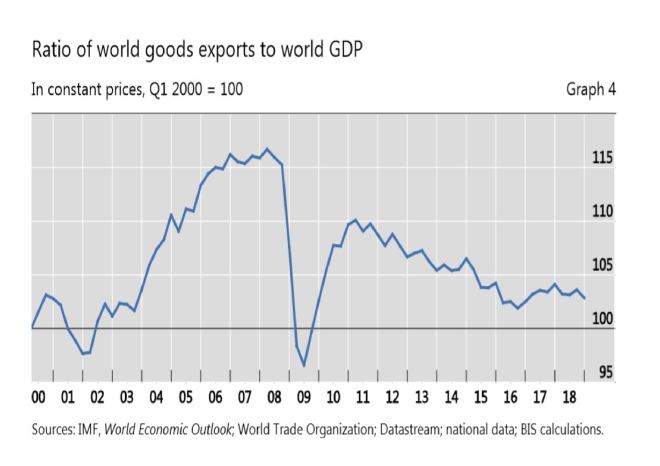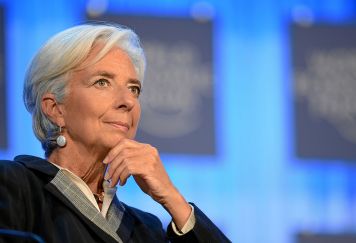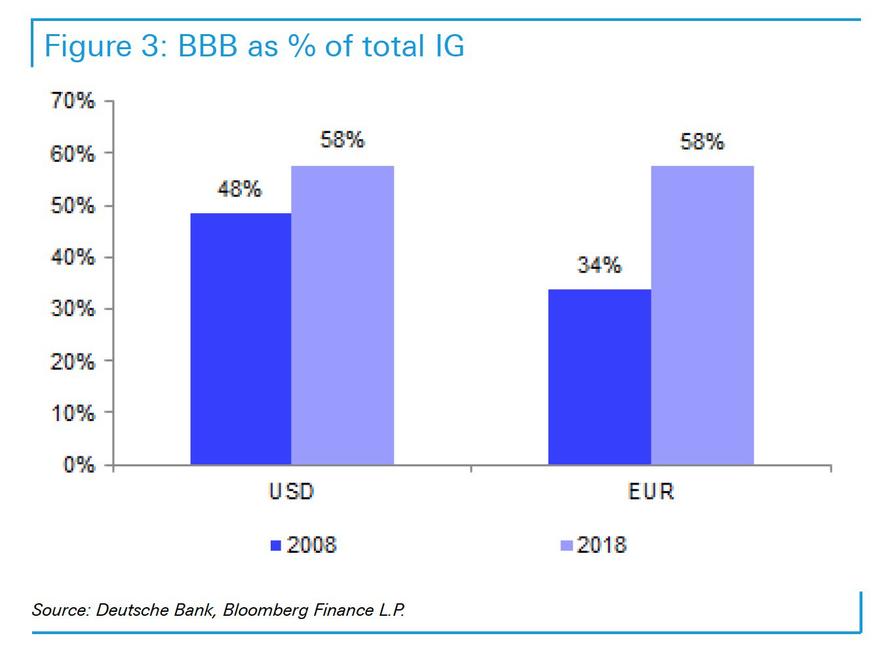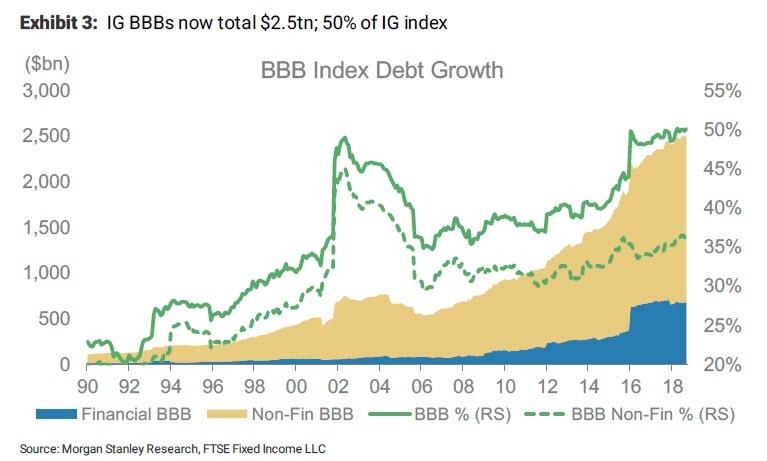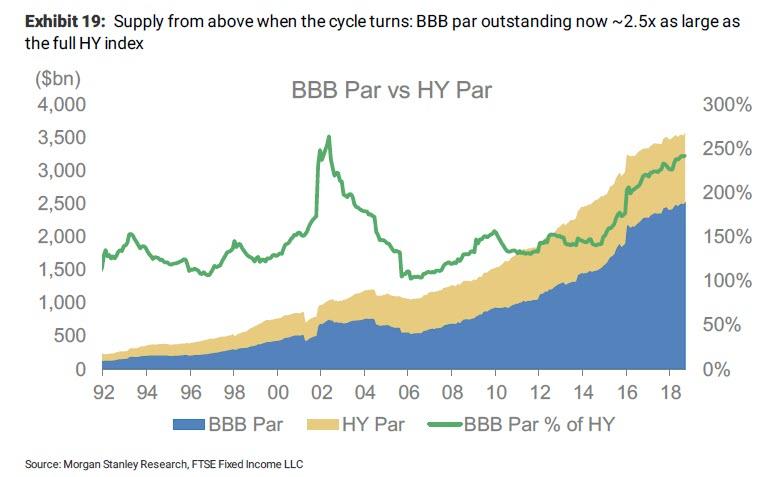All better now. It’s a Christmas miracle, the plunge erased by market closure as if FDR had just been re-elected and taken the oath. The Dow is on everyone’s mind, so trading on December 26 has understandably stuck.
Stocks posted their best day in nearly a decade on Wednesday, with the Dow Jones Industrial Average notching its largest one-day point gain in history. Rallies in retail and energy shares led the gains, as Wall Street recovered the steep losses suffered in the previous session.
The sigh of relief is palpable all across the world. The BIS called the steep, worrisome liquidations up to now Yet More Bumps On The Path To Normal, and the rallies especially in stocks and oil have served to confirm the thesis. Just some minor, dare I say transitory discomfort on the road to paradise.
Is it though?
We have been watching eurodollar futures, well, forever but with even greater purpose and intent since mid-June. There is little the eurodollar curve won’t spill information about, and its inversion around then was a huge warning that whatever shook the global money network on May 29 was indeed nothing to just ignore.
Money curves are supposed to be upward sloping reflecting the risks of a healthy environment, including economic opportunity. For it to be distorted to the point of being upside down, that’s big. People have a hard time interpreting regular curves, so unhealthy ones are much more a mystery (thanks to Economics).
The specific contracts displaying eurodollar’s version of oil contango were those out several years, the 2020’s to 2021’s. For a time, the inversion extended into 2022. For the few who noticed, this didn’t seem too much to be concerned about; a far distant probability of some nonspecific hedging case. Surely the world can be fixed given two or three years.
…click on the above link to read the rest of the article…



